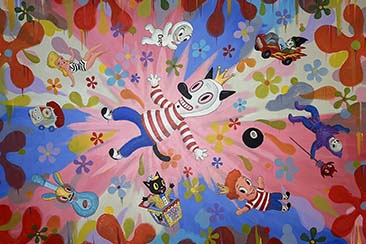HM Car, East LA 1983
by Janette Beckman
1983
Epson 250grm semigloss photo paper
Edition of 10
20 x 24″ (50.8 x 60.96 cm)
It’s hard to imagine what the hardbitten members of East Los Angeles gang the HMs made of Janette Beckman as she approached them with her camera in 1982. A photographer for Melody Maker and The Face, Beckman was straight out of the punk movement in London, and must have been an alien sight to the macho hoods who were gathered in the dustbowl park. So how exactly did a London punk photographer get mixed up with the Latino gangs of L.A.?
Beckman was on the West Coast visiting a friend who managed a punk band in the city when she happened upon a L.A. Weekly article about a gang who called themselves El Hoyo Maravilla (literally “The Blast Crater”, Maravilla was also the old Spanish name for East Los Angeles). Intrigued by the gang – and the lack of accompanying photos – she contacted the article’s author and arranged an introduction. Beckman was able to overcome the members’ caution by drawing parallels between them and the people she had been shooting back in London. Armed with a sheaf of pictures she had taken of punks, skinheads and rockabillies, this foreign presence introduced the HMs to their transatlantic counterparts, and soon they were talking the same language.
The two worlds were united by an attitude and energy that transcended geography, language and music, but while the stars of Beckman’s London work mostly made it out alive, the same can’t be said for the HMs, who predictably finished up in prison or dead, as she later discovered. That brave inter-cultural exchange in the park was the beginning of an extraordinary summer for Beckman, living la vida loca with the HMs, and shooting bands at night in the clubs of Los Angeles.
That same year she moved to New York, where her music documentary work was drawn towards the emerging hip-hop scene. During the next decade Beckman was on hand to see the emergence of many musicians who went on to achieve superstar status. She shot early pioneers like Run DMC, and West Coast crew NWA while they were still working on acquiring the A; it’s strange, if not almost unbelievable, that the young man in the modest watch and Nike tracksuit top hanging out in a doorway in 1990 would one day become the music industry titan and Beats-billionaire Dr Dre.
These three “periods” – the early London work, the Los Angeles gangbangers and the bicoastal hip-hop scenes – form three tines of a piercing trident in the exhibition Rebel Cultures: Punks, Rap and Gangs at the Los Angeles gallery HVW8. Closing date is 18 May.
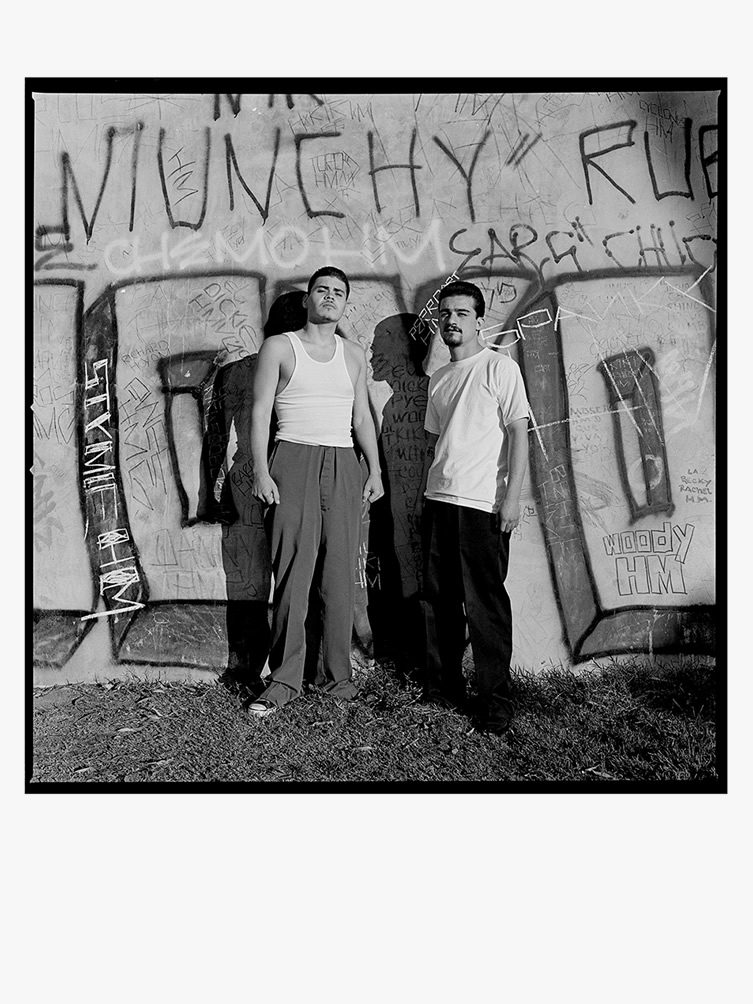
HM Gang,
East LA 1983
by Janette Beckman
Epson 250grm semigloss photo paper
Edition of 10
20 x 24″ (50.8 x 60.96 cm)
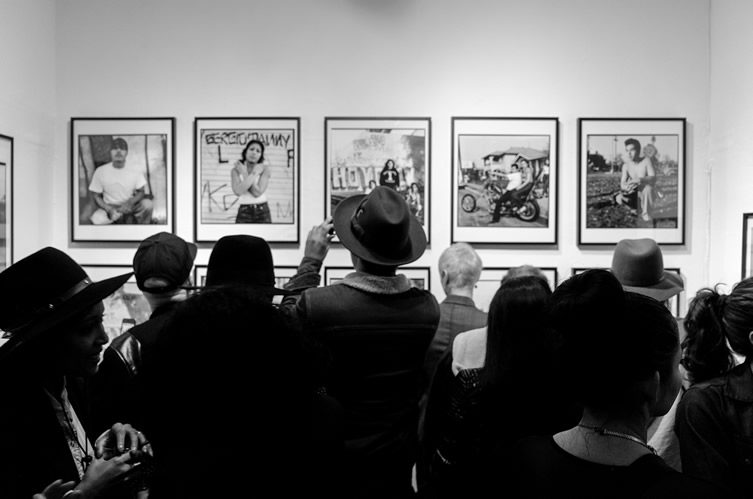
Janette Beckman
Rebel Cultures: Punks, Rap and Gangs
Installation view
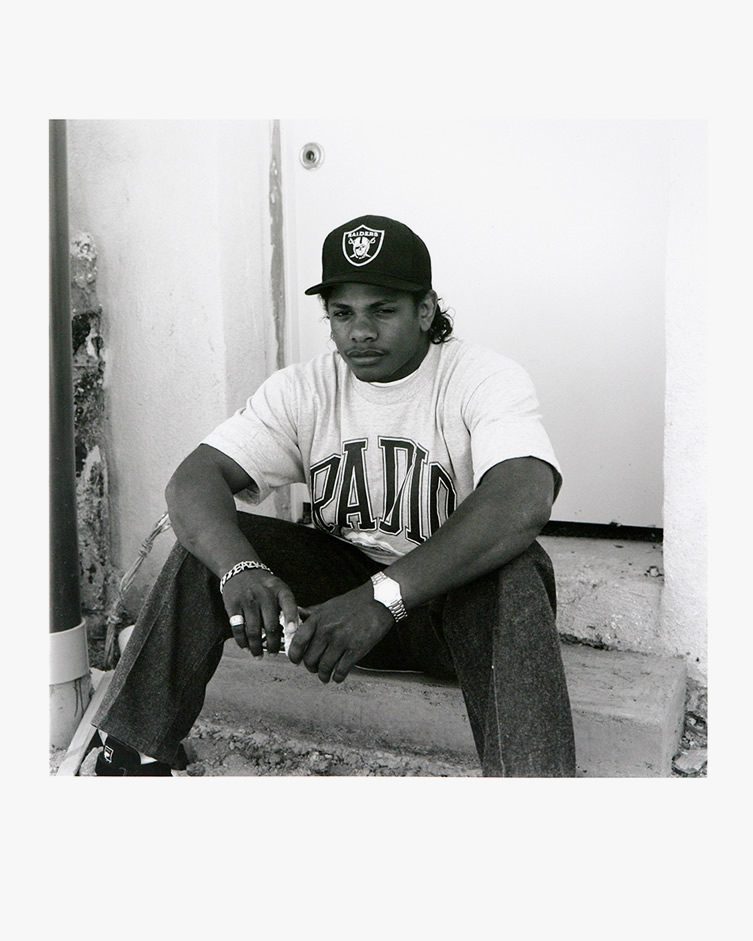
Eazy-E,
Los Angeles, 1990
by Janette Beckman
Canson Platine Fibre Rag
Edition of 20
20″ x 16″ (50.8 x 40.6cm)
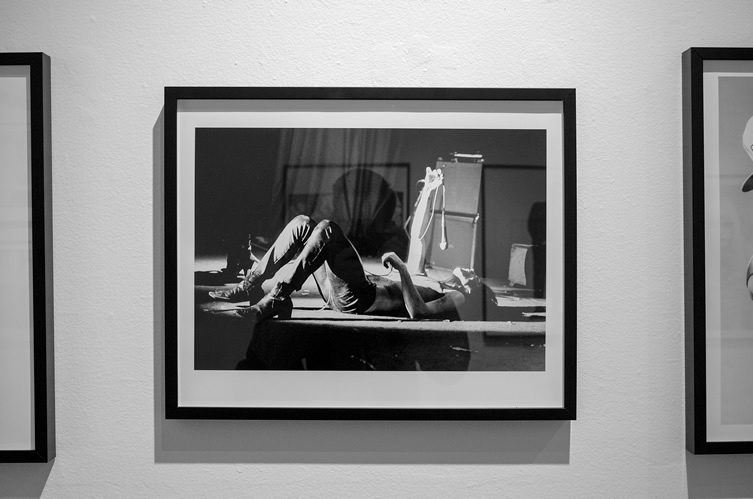
Janette Beckman
Rebel Cultures: Punks, Rap and Gangs
Installation view
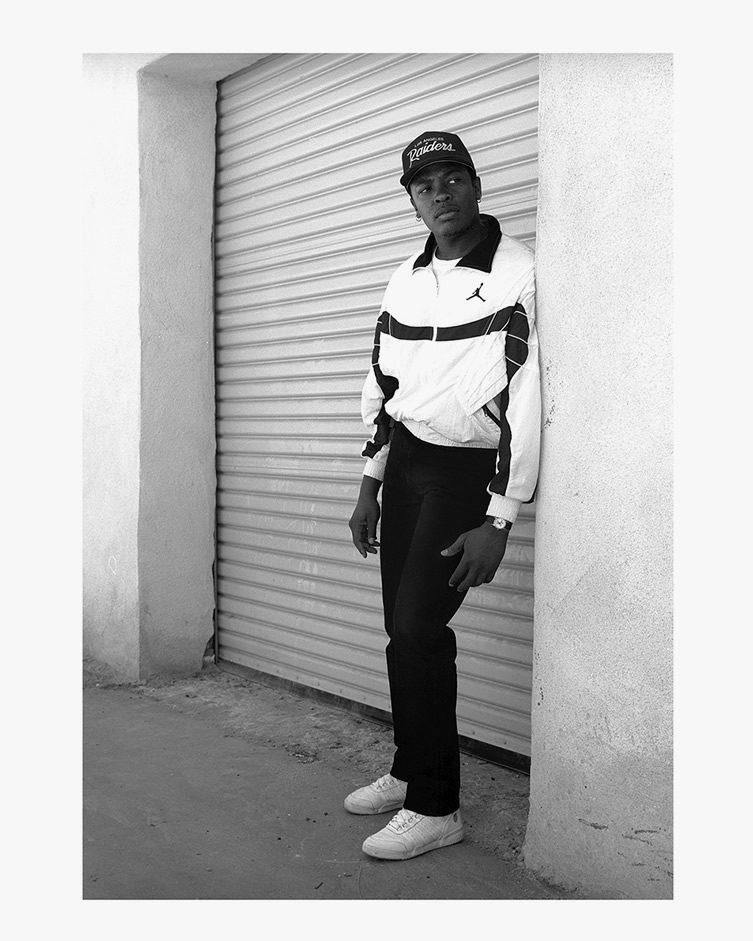
Dr. Dre,
Los Angeles, 1990
by Janette Beckman
Canson Platine Fibre Rag
Edition of 20
20″ x 16″ (50.8 x 40.6cm)
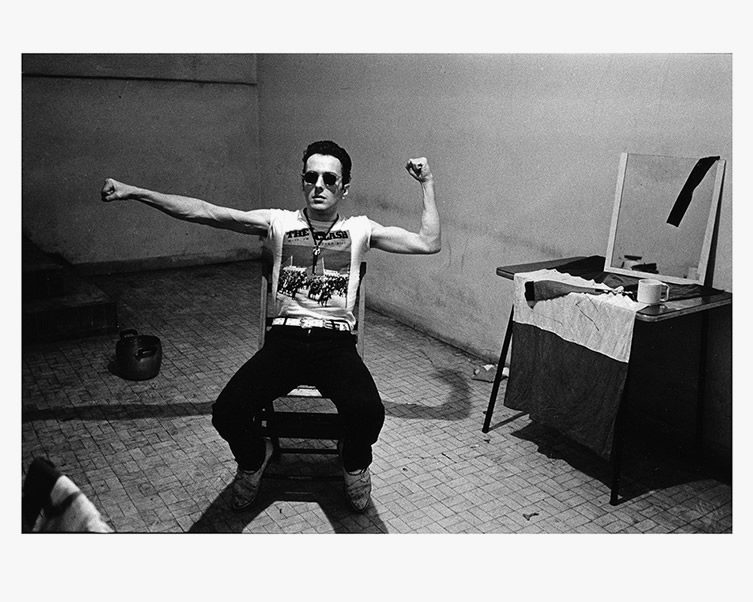
Joe Strummer,
Milan 1981
by Janette Beckman
Canson Platine Fibre Rag
Edition of 20
20″ x 16″ (50.8 x 40.6cm)
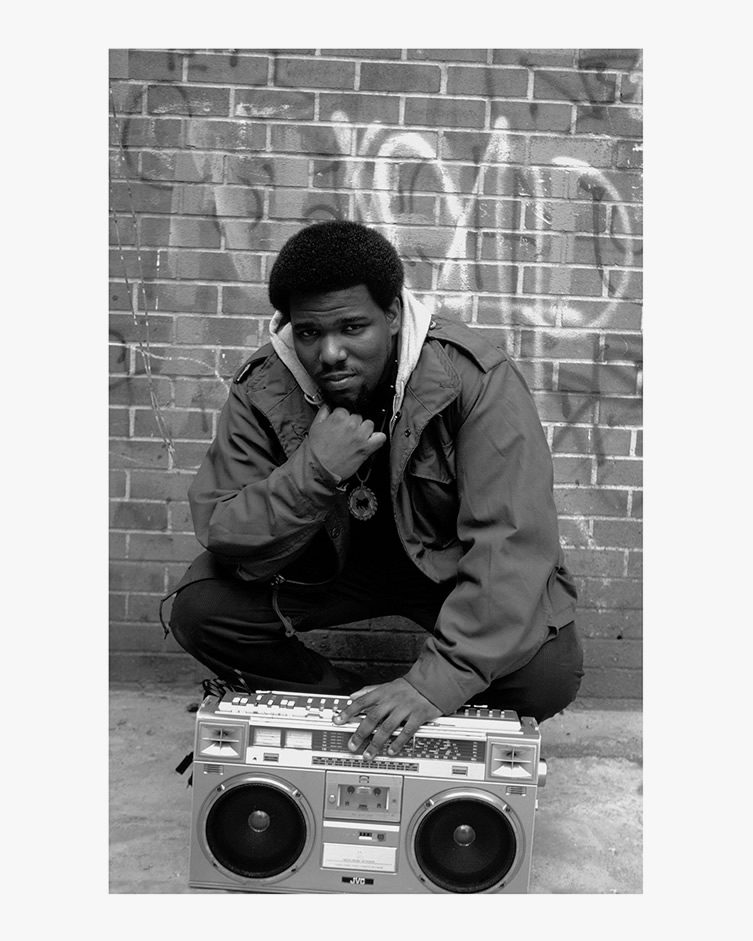
Afrika Bambaataa,
Bronx 1983
by Janette Beckman
Canson Platine Fibre Rag
Edition of 20
20″ x 16″ (50.8 x 40.6cm)
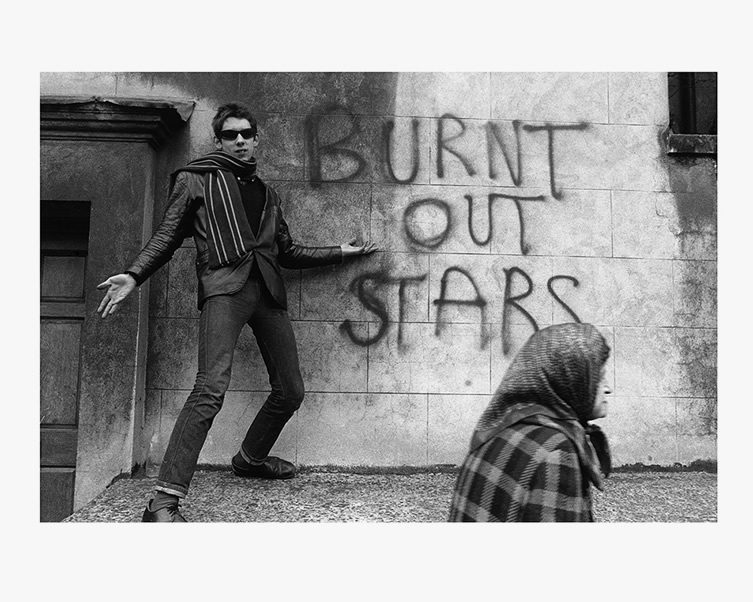
Shane MacGowan,
London 1981
by Janette Beckman
Canson Platine Fibre Rag
Edition of 20
20″ x 16″ (50.8 x 40.6cm)
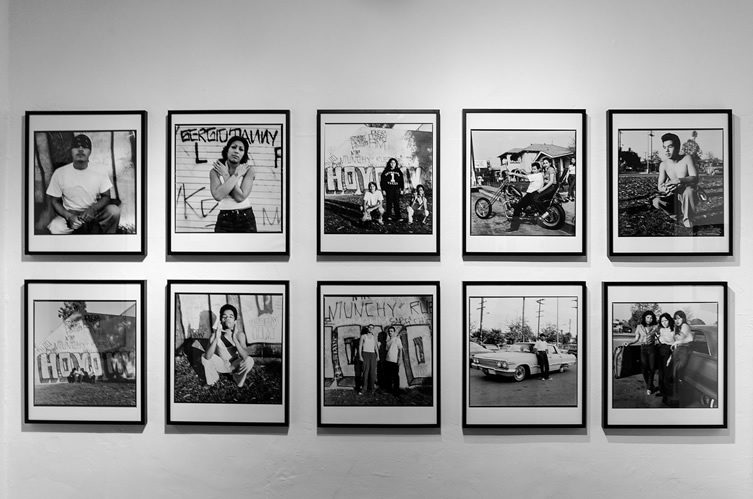
Janette Beckman
Rebel Cultures: Punks, Rap and Gangs
Installation view
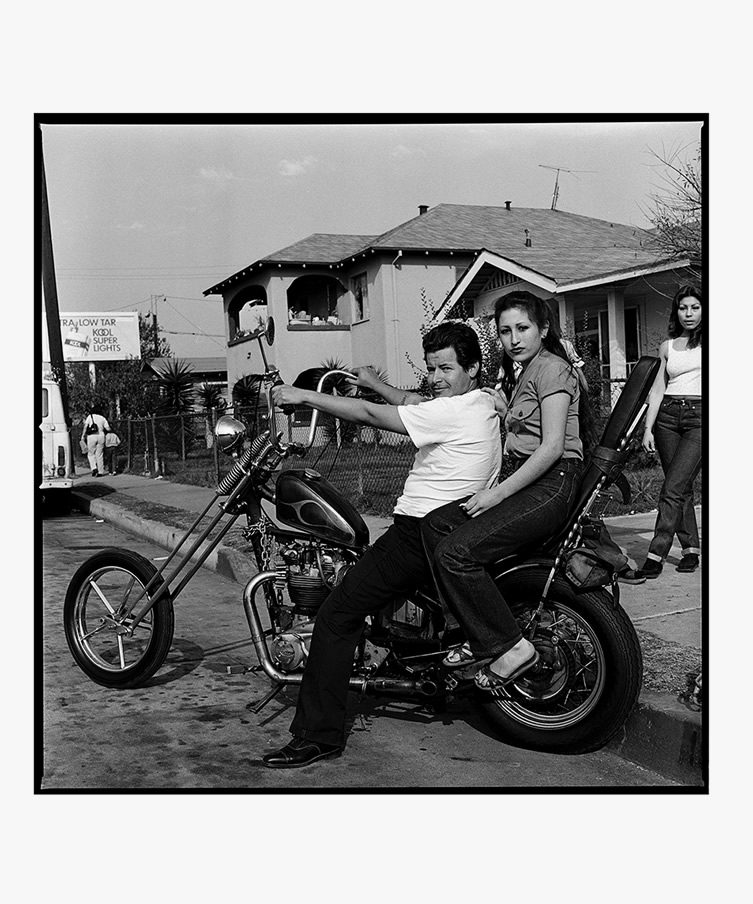
Debbie Harry,
London 1979
by Janette Beckman
Canson Platine Fibre Rag
Edition of 20
30″ x 40″ (76.2 x 101.6cm)
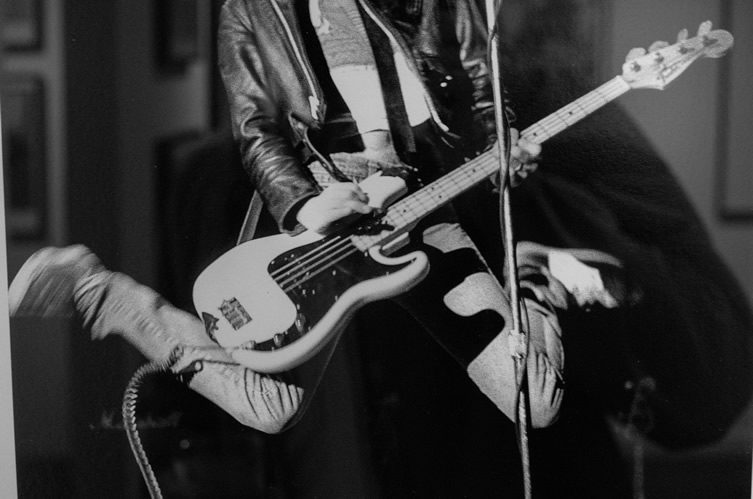
Janette Beckman
Rebel Cultures: Punks, Rap and Gangs
Installation view
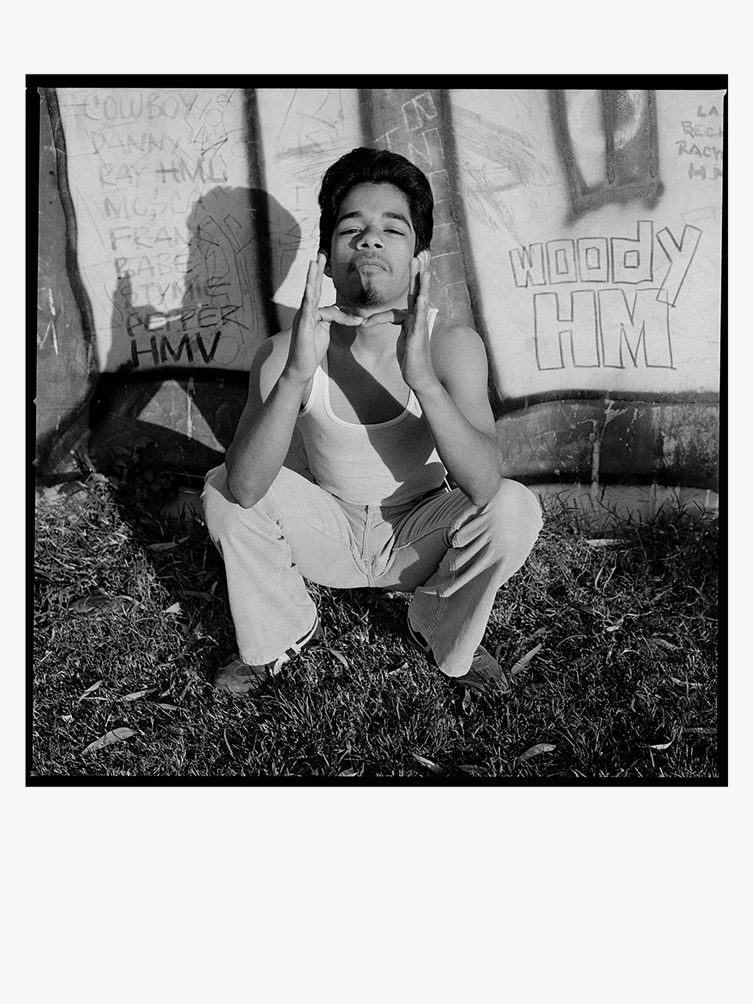
HM Gang Sign,
East LA 1983
by Janette Beckman
Epson 250grm semigloss photo paper
Edition of 10
20 x 24″ (50.8 x 60.96 cm)
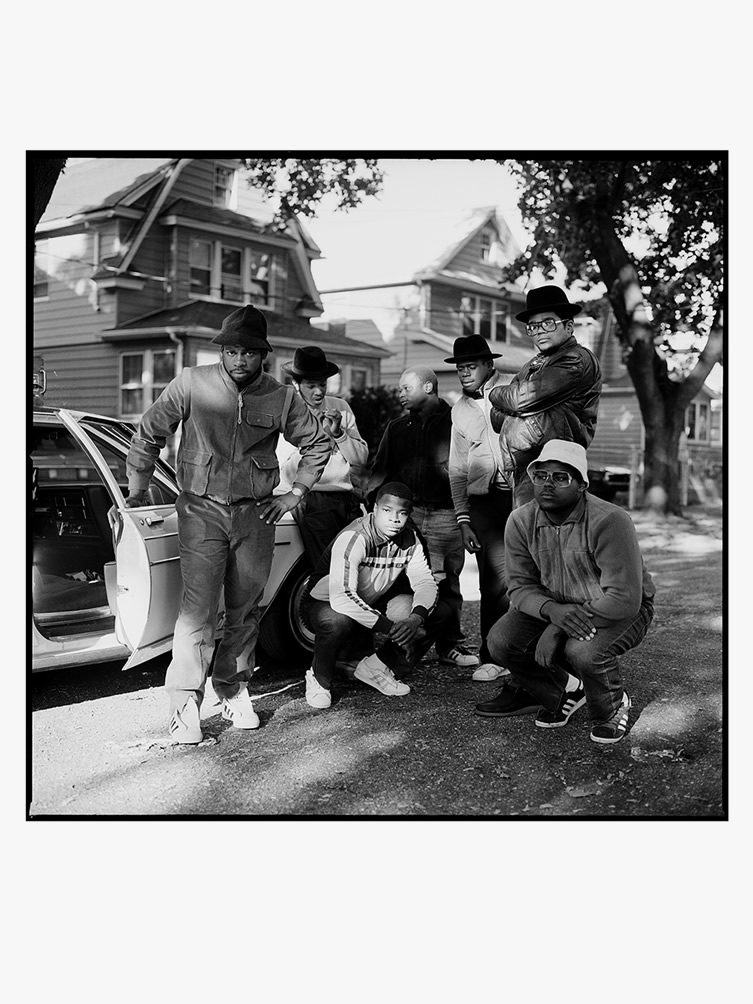
Run DMC & Posse,
Hollis Queens 1984
by Janette Beckman
Canson Platine Fibre Rag
Edition of 20
30″ x 40″ (76.2 x 101.6cm)
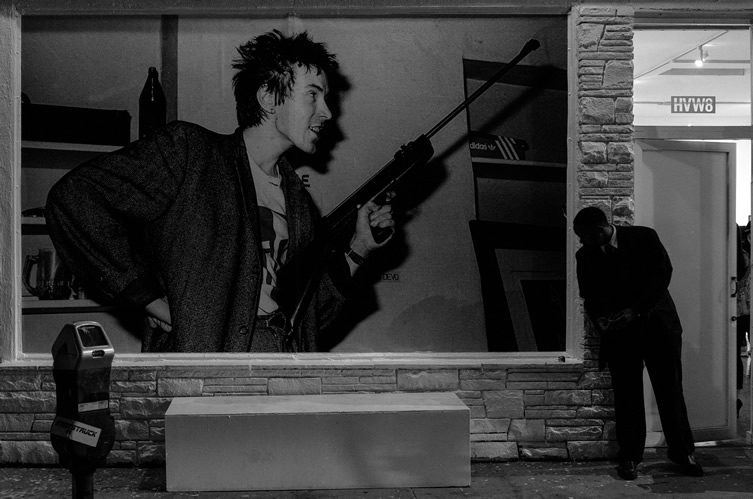
Janette Beckman
Rebel Cultures: Punks, Rap and Gangs
Installation view
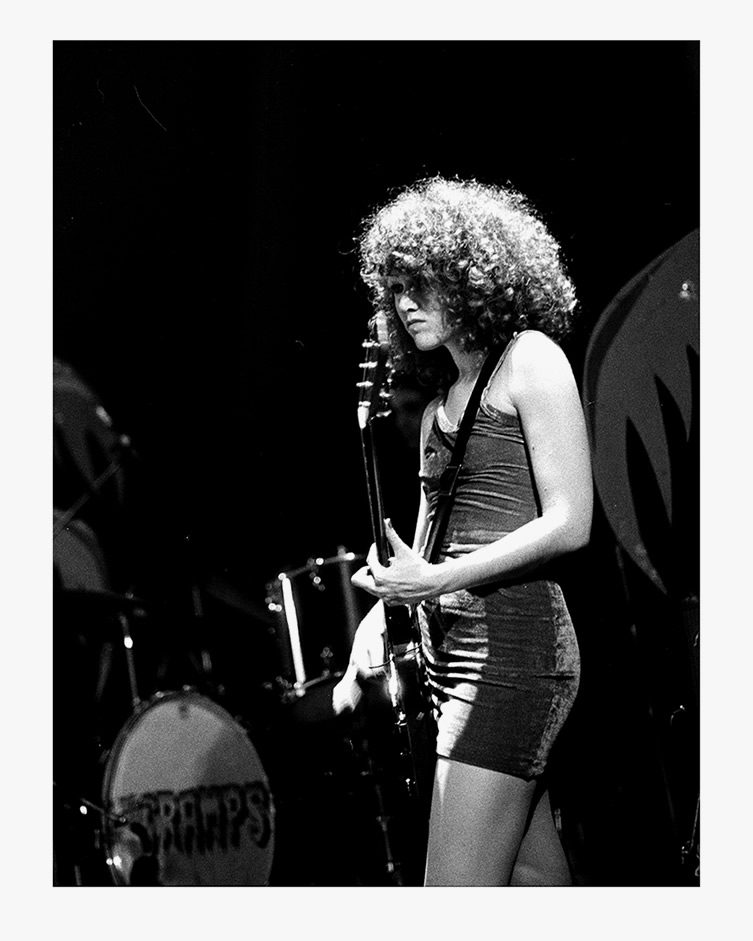
Poison Ivy The Cramps,
Los Angeles 1983
by Janette Beckman
Canson Platine Fibre Rag
Edition of 20
20″ x 16″ (50.8 x 40.6cm)

